What’s going on with Cinema Audiences?
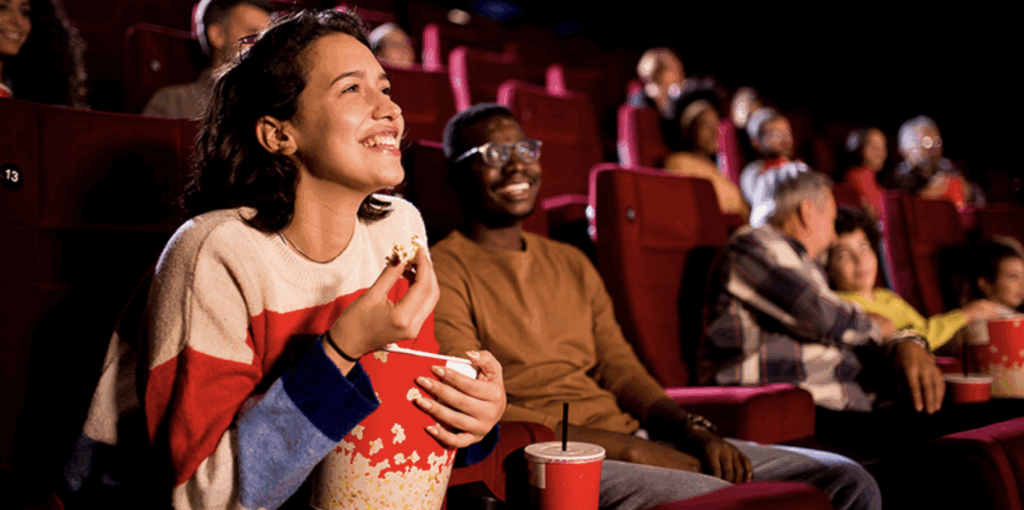
Since the Covid-19 pandemic, something interesting has happened in the world of theatre. Audiences have come back — in fact, they’ve bounced back with real energy.
There’s something in the air: a renewed hunger for live experiences, for shared cultural moments, for the joy of being in a room together, soaking up story.
But in cinemas? It’s been… slower.
So, what’s going on?
Sure, there are logical explanations. Film production ground to a halt during the pandemic, and movies take time. Theatre can rehearse a new show in six weeks. A blockbuster? More like six years. And yes, home streaming has boomed — why trek out when you’ve got every film and series ever made at your fingertips?
But I think there’s more to the story.
Are audiences becoming more sophisticated?

Let’s be honest — audiences aren’t dumb. We know when we’re being served the same reheated plotline for the fifth time. And while Marvel films still draw big crowds, there’s evidence that appetite is shifting.
A new wave of more personal, distinctive films has been cutting through. Take Back to Black, the Amy Winehouse biopic — it hit £3.8 million at the UK box office within weeks of release, proving there’s strong demand for films that feel more intimate and less formulaic (BFI).
Other independent hits like Aftersun, Rye Lane and The Zone of Interest also performed incredibly well, not just critically, but commercially too. The latter passed £3.4 million in UK revenue alone. (The Guardian, 2024).
Are independent films gaining a bigger share of the box office?
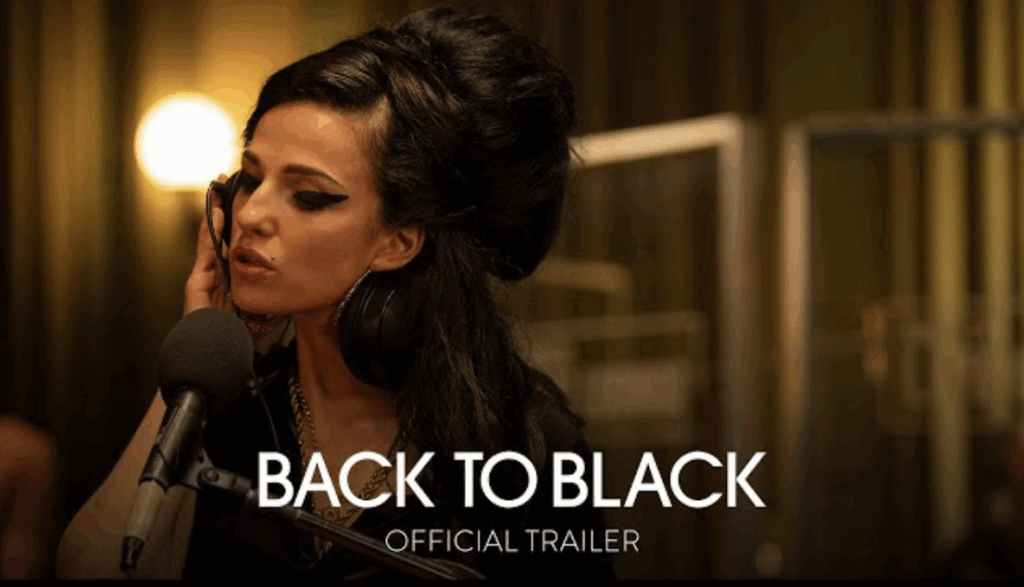
It’It’s not just what audiences want that’s changing — the films being made are changing too.
According to Screen Daily, UK indie films saw their market share soar in 2024, jumping from 3.8% to 6.9%. That’s almost double the box office take from the previous year, with the top 20 indie films grossing £63.9m — up from £33.7m in 2023.
What’s behind this shift?
- Indies Are Finding New Ways to Get Made: Independent filmmakers are finding ways to make it work without the big studio backing. Back to Black, for example, grossed £12.3m — and it’s not alone. More indie films are breaking through and getting serious attention.
- Cinemas and Distributors Are Looking for Fresh Stories: Audiences want something different, and cinemas are paying attention. These indie films, often made without major US studio input, are more personal and culturally rooted, which seems to be what people are responding to.
In short, indie films aren’t just filling gaps anymore — they’re becoming a key part of the cinema landscape.
Are audiences getting younger?
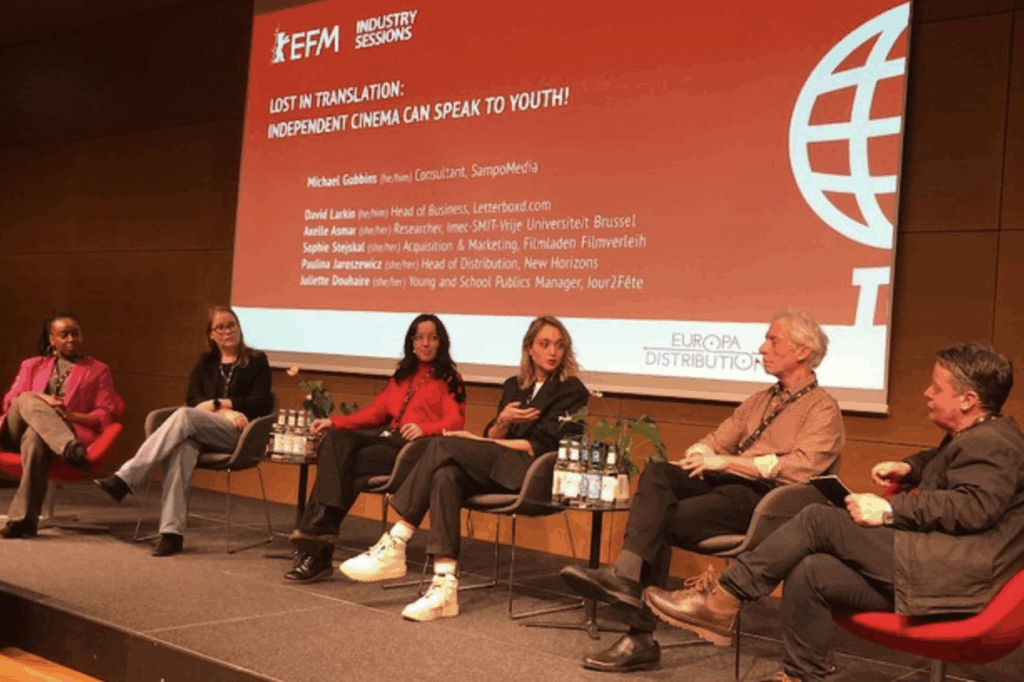
“Young people are not afraid of quality films and difficult topics.”
Yes — and they’re going indie.
Forget the idea that young people have given up on cinema. Across the UK, independent exhibitors are reporting a different trend: a surge of younger audiences embracing arthouse and indie films.
Titles like Scrapper, Triangle of Sadness, and Saint Maud have resonated strongly with Gen Z and millennial viewers, especially in university towns and city centres (Screen Daily, June 2024). And in the same article, David Sin at the Independent Cinema Office notes that this demographic has become the core audience for many independent cinemas.
Where’s this coming from? The pandemic created a new generation of cinephiles. Apps like Letterboxd helped viewers dive deeper into film history — and now they’re showing up for screenings that offer something different. As Paulina Jaroszewicz put it at the Cineuropa Berlinale 2025:
“Young people are not afraid of quality films and difficult topics.”
And they’re finding it in places that feel like they were built just for them.
Are audiences seeking an experience?

Big yes.
Classic films are making a comeback — and not just for nostalgia. Younger audiences are choosing to see them. Not because they remember them (they don’t), but because they want something deeper, more intentional, more cinematic. (The Guardian).
It’s not just a vibe shift — there’s data behind this. The Independent Cinema Office has been tracking what’s working across indie venues, and they’re seeing a clear trend: people want films that offer more than just entertainment. They want a shared moment. A story that lingers. Something to talk about after. (ICO, Reflections on Young Audiences).
And the BFI agrees. In their Screen Culture 2033 strategy, they talk about cinema as a place for “immersive, shared experiences” — even in an age where streaming is everywhere. Turns out, all that time watching movies alone on the sofa during lockdown made people appreciate how special it feels to sit in the dark with others and get swept away by something great.
So rather than stealing audiences away, streaming might actually be creating a smarter, more curious filmgoer — one who knows what they like, and who’s now seeking it out on the big screen.
Because when the lights go down and something truly beautiful starts, there’s still nothing like it.
So, where does this leave Independent Cinemas?
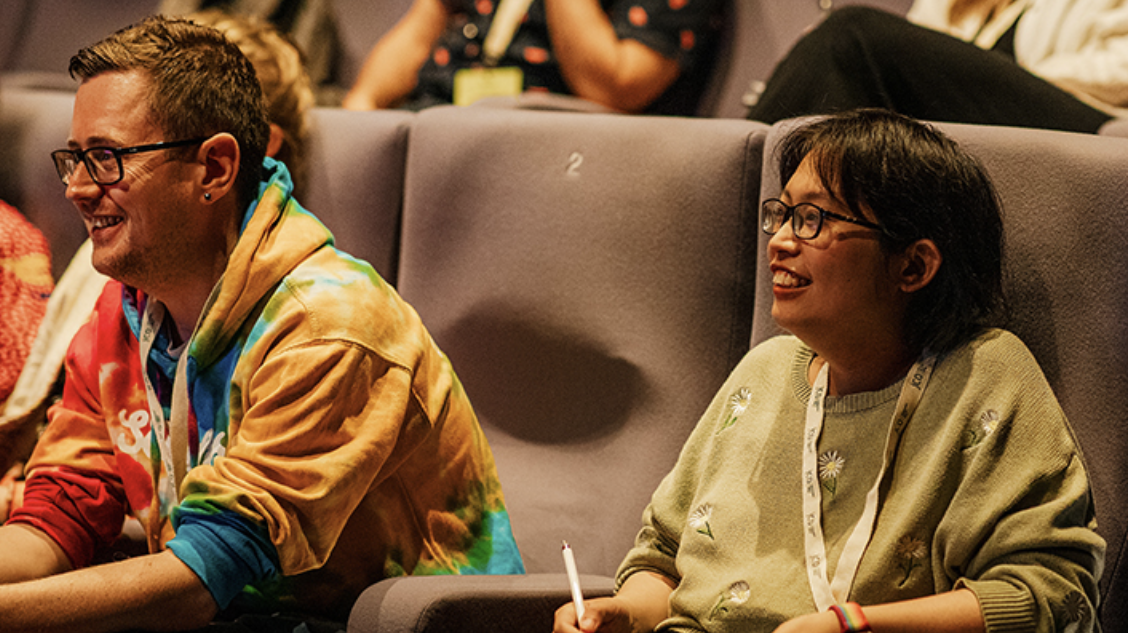
It might just be their moment.
Independent cinemas are uniquely positioned to serve this emerging audience:
- They can programme more distinctive content, including indie releases and festival hits.
- They’re increasingly attracting younger crowds — the future of the sector.
- They offer something big chains can’t: a curated, thoughtful, human experience.
But if this is the opportunity — how do we help them seize it?
How can we better support Independent Cinemas?
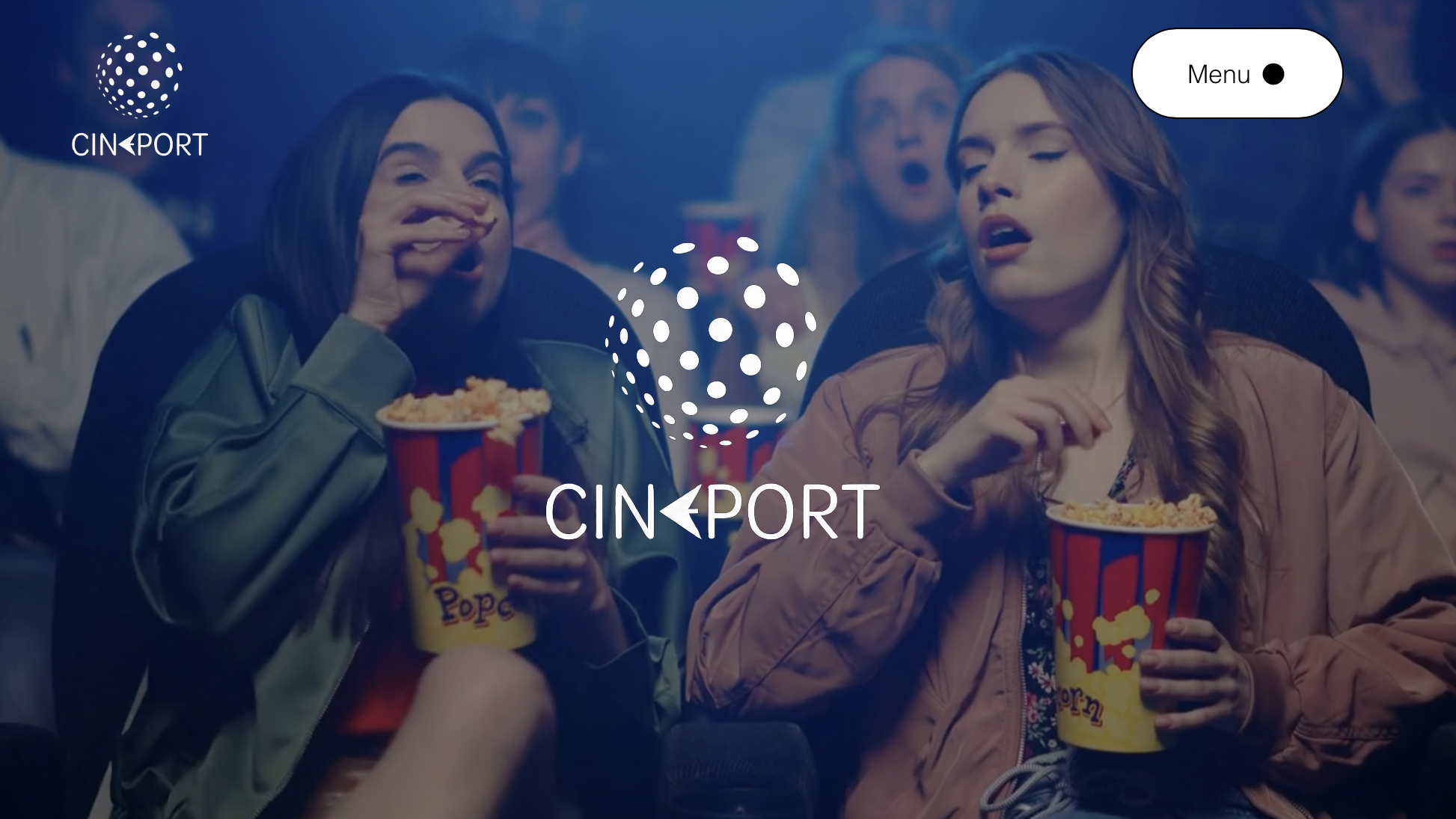
This is where my curiosity kicks in. I’m especially interested in how technology can help solve some of the gnarlier problems in the creative industries.
For example, what if we could make it easier for Film Programmers to discover and book films from indie filmmakers?
Right now, it’s often like trying to find a needle in a haystack. Programmers know the kind of films they want — but tracking down the distributor, negotiating the deal, and organising a DCP for screening can be incredibly time-consuming.
Is it possible to apply technology that makes the process of booking and showing a film as simple and intuitive as browsing Netflix?
That’s one of the things I’m exploring with co-founders at Cineport — building technology that helps connect the dots between filmmakers and film exhibitors, and giving more people the chance to see brilliant films on the big screen where they belong.
But that’s just one idea — and I’d love to hear yours.
What do you think the future looks like for independent cinemas?
And how can technology help them thrive in a world that’s craving more thoughtful, curated, and shared experiences?
#IndependentCinema #CreaTech #FilmIndustry